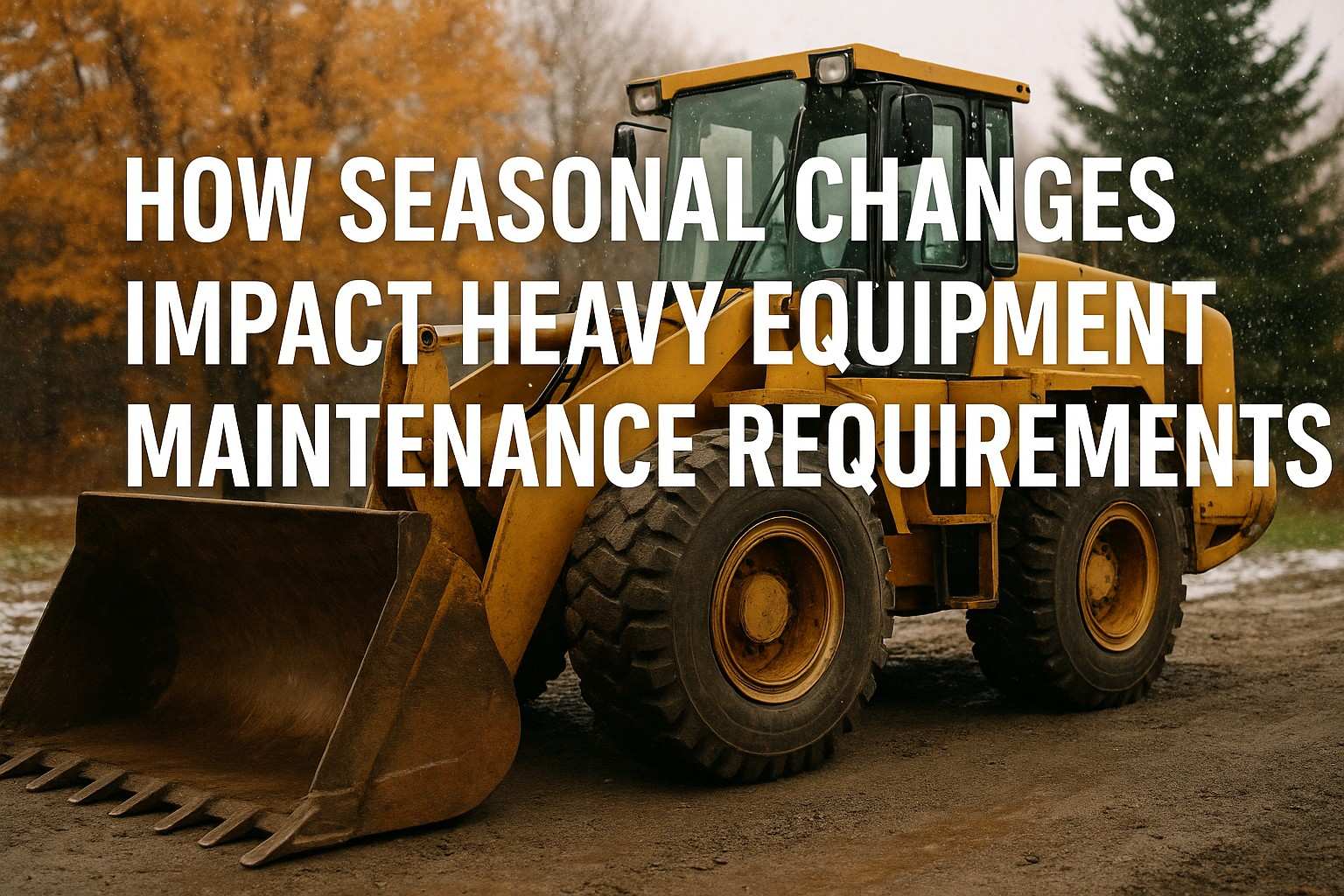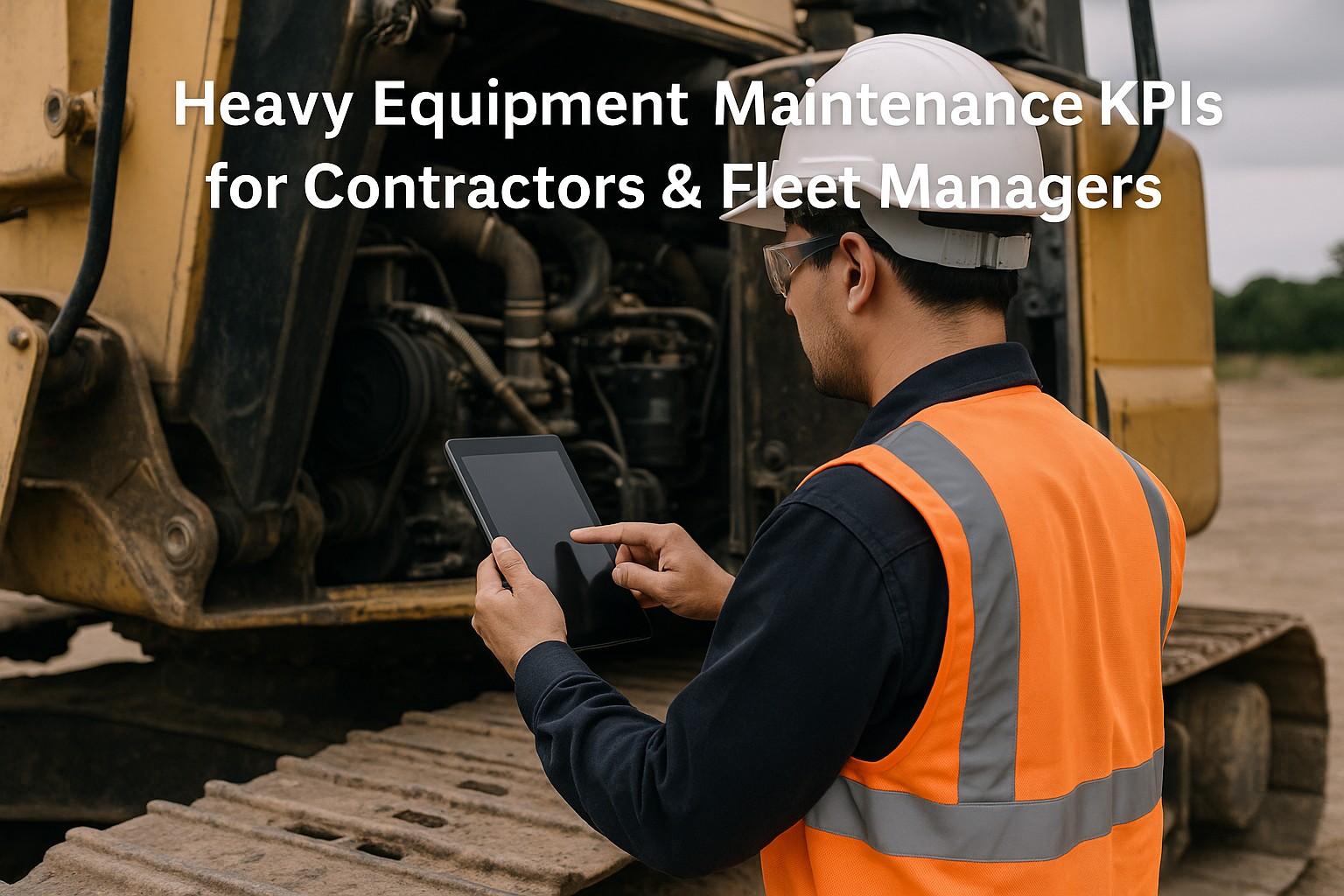In the world of equipment maintenance, the age-old battle between unplanned breakdowns and timely preventive maintenance (PM) services rages on. While most maintenance managers understand the importance of proactive maintenance, achieving a 100% planned maintenance schedule remains a challenging goal. In this article, we'll explore the real-life implications of unplanned breakdowns, discuss the barriers to achieving perfect PM compliance, and reveal how mobile apps and technology can help you win the war against reactive maintenance.
The High Cost of Unplanned Breakdowns
Unplanned breakdowns are the nemesis of any maintenance operation. When equipment fails unexpectedly, it can lead to a cascade of negative consequences that impact productivity, profitability, and even safety. Here are just a few of the costs associated with unplanned breakdowns:
1. Downtime and Lost Production
When critical equipment is down, production grinds to a halt. According to a study by Aberdeen Research, unplanned downtime can cost companies as much as $260,000 per hour. For businesses operating on tight margins, even a few hours of lost production can be devastating.
2. Emergency Repair Costs
Unplanned breakdowns often require emergency repairs, which can be significantly more expensive than planned maintenance. Technicians may need to work overtime, expedited shipping may be required for replacement parts, and there's a higher risk of collateral damage to other components.
3. Decreased Equipment Lifespan
When equipment isn't properly maintained, it can lead to premature wear and tear, ultimately shortening the asset's lifespan. This means that companies may need to replace equipment more frequently, incurring significant capital costs.
4. Safety and Environmental Risks
Unplanned breakdowns can also pose serious safety and environmental risks. Equipment failure can lead to accidents, injuries, and even fatalities. In industries like oil and gas or chemical processing, breakdowns can result in leaks, spills, or other environmental disasters.
The Benefits of Timely PM Services
In contrast to the chaos of unplanned breakdowns, timely PM services offer a range of benefits that can help companies optimize their maintenance operations and achieve long-term success. Here are a few key advantages of a proactive maintenance strategy:
1. Reduced Downtime and Increased Productivity
By performing regular PM services, companies can minimize the risk of unplanned breakdowns and keep their equipment running at peak performance. This translates to less downtime, higher production rates, and improved overall efficiency.
2. Lower Maintenance Costs
While PM services do require an upfront investment, they can significantly reduce overall maintenance costs in the long run. By catching and addressing potential issues before they escalate, companies can avoid the high costs associated with emergency repairs and unplanned downtime.
3. Extended Equipment Lifespan
Regular PM services help keep equipment in optimal condition, reducing wear and tear and extending the asset's useful life. This means that companies can get more value out of their equipment investments and delay the need for costly replacements.
4. Enhanced Safety and Compliance
Proactive maintenance also plays a critical role in ensuring the safety of employees and the environment. By identifying and addressing potential hazards before they cause harm, companies can reduce the risk of accidents, injuries, and environmental incidents. Regular PM services also help ensure compliance with industry regulations and standards.
The Challenges of Achieving 100% Planned Maintenance
Despite the clear benefits of timely PM services, many companies still struggle to achieve a fully planned maintenance schedule. Here are a few common challenges that maintenance managers face:
1. Lack of Visibility and Data Insights
One of the biggest barriers to effective PM planning is a lack of visibility into equipment condition and performance data. Without real-time insights into asset health, maintenance managers are forced to rely on guesswork and reactive strategies.
2. Insufficient Resources and Staffing
PM services require dedicated time and resources, which can be difficult to allocate in lean maintenance organizations. Maintenance teams may be stretched thin, forced to juggle competing priorities and firefighting emergent issues.
3. Inadequate Training and Skill Sets
Effective PM planning also requires a high level of technical expertise and skill. Maintenance technicians need to be trained on the latest techniques and technologies, and they need to have a deep understanding of each asset's unique requirements.
4. Siloed Communication and Collaboration
In many organizations, maintenance teams operate in silos, with limited communication and collaboration between departments. This can lead to duplication of effort, misaligned priorities, and a lack of shared visibility into maintenance activities.
How Mobile Apps and Technology Can Help
Fortunately, the rise of mobile apps and maintenance technology is providing new solutions to these age-old challenges. By leveraging the power of digital tools and real-time data, maintenance managers can optimize their PM planning, streamline communication, and drive continuous improvement. Here's how:
1. Real-Time Equipment Monitoring
Mobile apps and connected sensors can provide real-time visibility into equipment performance and health. By monitoring key parameters like vibration, temperature, and pressure, maintenance teams can detect potential issues early and proactively schedule PM services before failures occur.
2. Automated PM Scheduling and Tracking
Maintenance apps can also automate the PM scheduling process, ensuring that services are performed at the optimal intervals based on usage and condition data. Automated tracking and reporting help ensure that no PM tasks slip through the cracks and that compliance is maintained.
3. Streamlined Communication and Collaboration
Mobile apps provide a centralized platform for communication and collaboration across the maintenance team. Technicians can access work orders, equipment histories, and technical documentation from their mobile devices, while managers can track progress and monitor performance in real-time.
4. Predictive Maintenance Capabilities
Advanced maintenance apps like HVI also offer predictive maintenance capabilities, using machine learning algorithms to analyze equipment data and predict failures before they occur. This allows maintenance teams to optimize their PM schedules based on real-time risk assessments and to focus their efforts on the assets that need it most.
Real-World Results and ROI
The impact of implementing a mobile app-based maintenance solution can be significant. For example, one mining company reduced its unplanned downtime by 22% after deploying the HVI app across its fleet. By leveraging real-time equipment monitoring and predictive maintenance capabilities, the company was able to identify and address potential issues before they caused failures, resulting in significant cost savings and productivity gains.
Another manufacturing company saw a 15% increase in PM compliance and a 20% reduction in maintenance costs after implementing HVI. By automating PM scheduling and tracking, the company was able to ensure that all required services were performed on time, while also optimizing its maintenance resources and reducing waste.
Conclusion
In the battle between unplanned breakdowns and timely PM services, proactive maintenance is the clear winner. By investing in a robust PM program and leveraging the power of mobile apps and maintenance technology, companies can reduce downtime, lower maintenance costs, extend equipment lifespan, and enhance safety and compliance.
If you're ready to take your maintenance operations to the next level and achieve true maintenance excellence, consider exploring the HVI app. With its real-time monitoring, predictive maintenance, and streamlined communication capabilities, HVI can help you optimize your PM planning, reduce unplanned breakdowns, and drive continuous improvement. Visit HVI.app to learn more and schedule a demo today.
FAQs
1. What are the main costs associated with unplanned breakdowns?
The main costs of unplanned breakdowns include downtime and lost production, emergency repair costs, decreased equipment lifespan, and potential safety and environmental risks.
2. How can timely PM services benefit maintenance operations?
Timely PM services can reduce downtime, increase productivity, lower maintenance costs, extend equipment lifespan, and enhance safety and compliance.
3. What are some common challenges in achieving a 100% planned maintenance schedule?
Common challenges include lack of visibility and data insights, insufficient resources and staffing, inadequate training and skill sets, and siloed communication and collaboration.
4. How can mobile apps and technology help optimize PM planning?
Mobile apps and technology can provide real-time equipment monitoring, automate PM scheduling and tracking, streamline communication and collaboration, and enable predictive maintenance capabilities.
5. What kind of results have companies seen from implementing mobile maintenance solutions like the HVI app?
Companies have reported significant reductions in unplanned downtime, increased PM compliance, lower maintenance costs, and improved overall productivity after implementing mobile maintenance solutions like HVI.




